Community
RDC President Sees a Big, Bright Future for the College
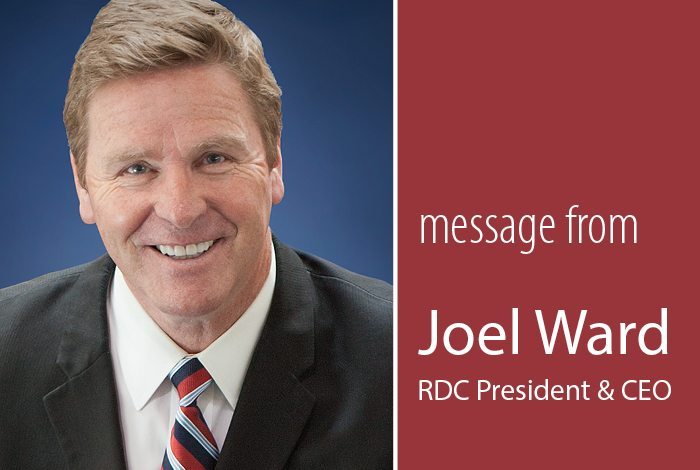
Red Deer College President and CEO Joel Ward says he sees big changes and a bright future for Red Deer College.
In this column first published in Red Deer Advocate, Ward describes what he sees on the horizon for RDC:
RDC is intrinsically tied to the communities of central Alberta; it’s your College, and as President and CEO, I’m pleased to share some of our important initiatives
First, your College is undergoing significant growth and development. You will have noticed the construction of the Gary W. Harris Canada Games Centre/Centre des Jeux du Canada Gary W. Harris facing the QEII. This $88 million project celebrating health, wellness and sport will open in the fall of 2018.
The project provides many jobs for contractors, architects and tradespeople from across Central Alberta, with approximately 20 different companies involved. Provincially, to date this project translates into work for 2,000 to 2,500 people.
This iconic teaching and learning facility supporting health, wellness and athletic programming is another example of our continuing commitment to you by expanding program options for students and providing access to a world-class facility for our communities.
Your college is also a significant driver of economic development. RDC employs 1,471 faculty and staff. Our budget is almost $100 million, and we contribute approximately $71 million to the Central Alberta economy through our operations.
Over the last two years, the College has had enrollment growth of 20%. Over 8,000 students learn on our campuses, with almost 13,000 additional learners taking a wide variety of Continuing Education courses and another 25,000 students enrolling in our camps and world renowned Series Summer Arts School programs each year.
I hope each of you has had the opportunity to connect with RDC through the wide variety of activities we offer. Perhaps enjoying the wonderful performances in our Arthur Erickson designed Arts Centre or taking training in our JB Quinn Centre for Corporate Training or at our downtown campus, home of the Donald School of Business, or perhaps it is taking in a basketball, volleyball or soccer game on our main campus. As you can see, we are very proud of our College and because of it, the intellectual, economic, cultural and social development of central Alberta is strengthened and enriched.
But we have much more to do.
Our College needs to be degree-granting. You will have heard the term Polytechnic University many times in our community. Our Board of Governors has made degree-granting through the Polytechnic University model its number one priority. We must succeed because there is too much at risk if we don’t.
Joel Ward RDC President & CEO
(Photo courtesy of RDC)
Community
Support local healthcare while winning amazing prizes!

|
|
|
|
|
|
Community
SPARC Caring Adult Nominations now open!

Check out this powerful video, “Be a Mr. Jensen,” shared by Andy Jacks. It highlights the impact of seeing youth as solutions, not problems. Mr. Jensen’s patience and focus on strengths gave this child hope and success.
👉 Be a Mr. Jensen: https://buff.ly/8Z9dOxf
Do you know a Mr. Jensen? Nominate a caring adult in your child’s life who embodies the spirit of Mr. Jensen. Whether it’s a coach, teacher, mentor, or someone special, share how they contribute to youth development. 👉 Nominate Here: https://buff.ly/tJsuJej
Nominate someone who makes a positive impact in the live s of children and youth. Every child has a gift – let’s celebrate the caring adults who help them shine! SPARC Red Deer will recognize the first 50 nominees. 💖🎉 #CaringAdults #BeAMrJensen #SeePotentialNotProblems #SPARCRedDeer
s of children and youth. Every child has a gift – let’s celebrate the caring adults who help them shine! SPARC Red Deer will recognize the first 50 nominees. 💖🎉 #CaringAdults #BeAMrJensen #SeePotentialNotProblems #SPARCRedDeer
-

 Education1 day ago
Education1 day agoWhy more parents are turning to Christian schools
-

 Alberta1 day ago
Alberta1 day agoOPEC+ is playing a dangerous game with oil
-
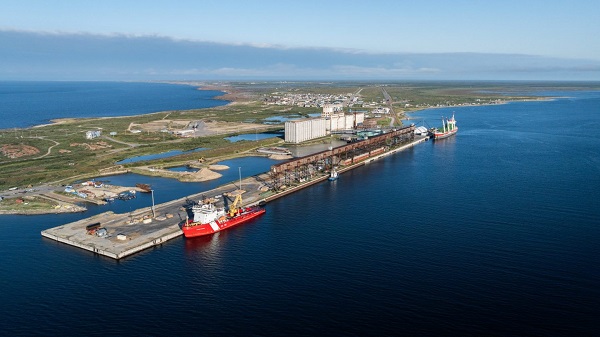
 Alberta1 day ago
Alberta1 day agoUpgrades at Port of Churchill spark ambitions for nation-building Arctic exports
-

 Business1 day ago
Business1 day agoIs dirty Chinese money undermining Canada’s Arctic?
-
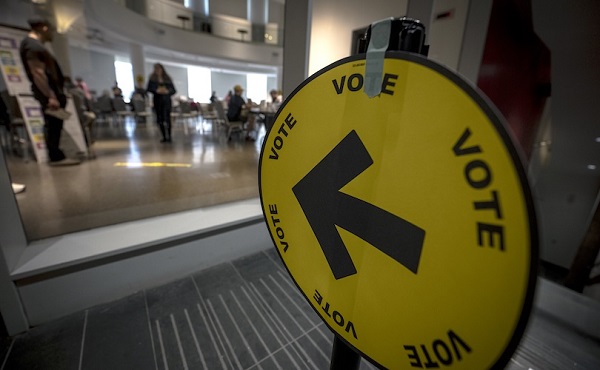
 National2 days ago
National2 days agoLiberals push to lower voting age to 16 in federal elections
-
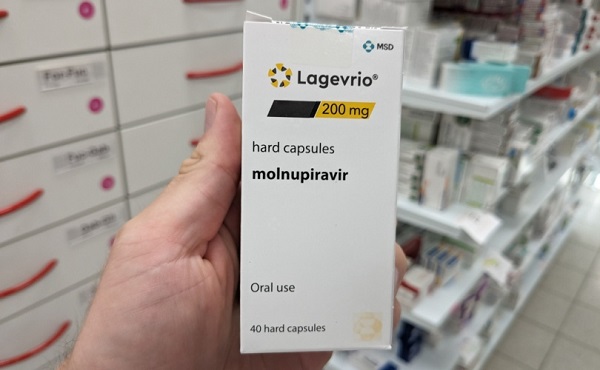
 COVID-191 day ago
COVID-191 day agoJapan disposes $1.6 billion worth of COVID drugs nobody used
-
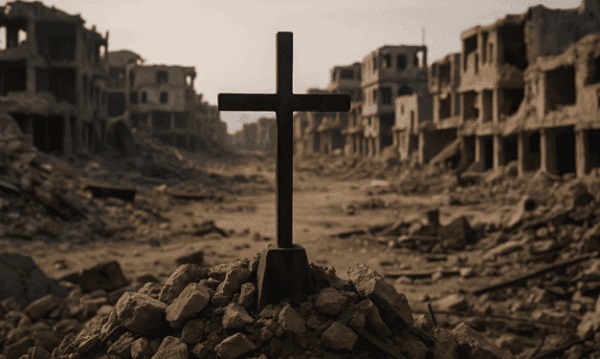
 conflict1 day ago
conflict1 day agoOne of the world’s oldest Christian Communities is dying in Syria. Will the West stay silent?
-

 COVID-191 day ago
COVID-191 day agoWATCH: Big Pharma scientist admits COVID shot not ‘safe and effective’ to O’Keefe journalist








